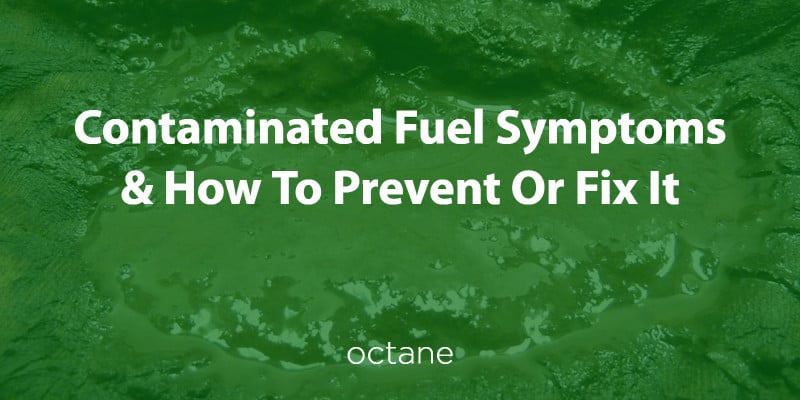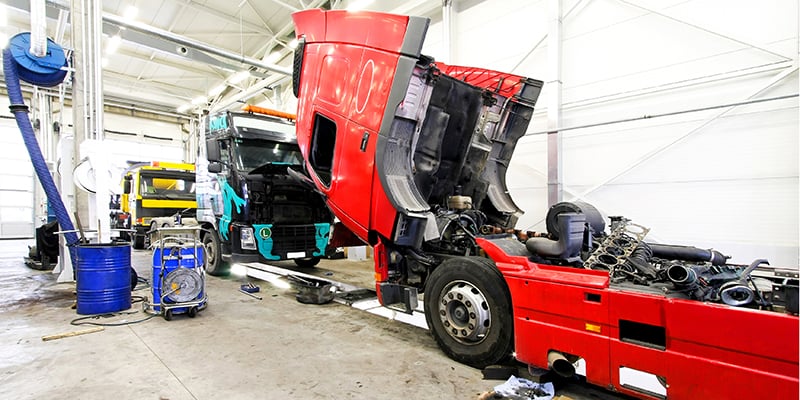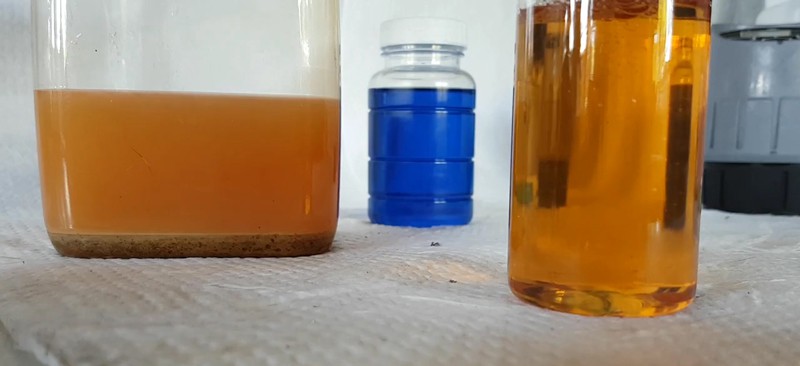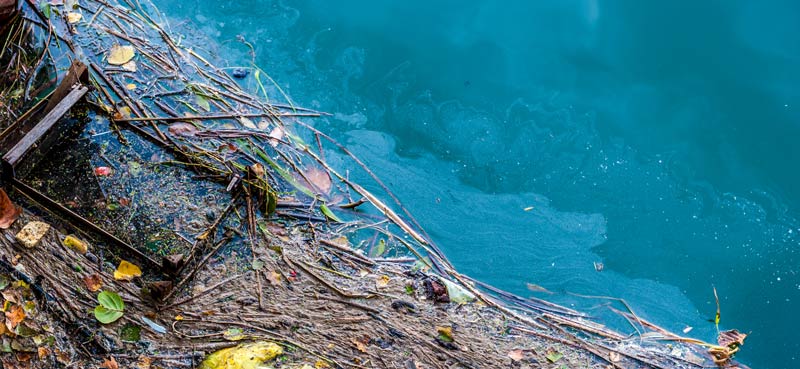
Do you suspect that your fuel has been contaminated, but you’re not 100% sure? In this post I’ll be outlining three key, contaminated fuel symptoms. Because, even when you have a regular maintenance programme, you can still run into trouble.
While you may check tanks annually, unexpected things can happen in between checks. And knowing what to look out for and when extra action needs to be taken, is key to avoiding costly issues with your fleet.
There are three main types of symptoms that could indicate a contaminated fuel system – from vehicle, to tank, to fuel symptoms, we trace our way back through the problem. Outlining what you should be watching out for at each point.
The earlier you notice symptoms and the faster you act the better. Before costly tank damage or vehicle damage has occurred. And a regular preventive maintenance programme that includes checking your tanks and fuel is crucial.
1. Engine problems or equipment failure
Unless your looking at your tank or inspecting your fuel as part of regular maintenance checks, one of the first signs of contaminated fuel systems could unfortunately be engine problems.

Have you started experiencing problems with your vehicles and engines out of nowhere? Sudden power loss or poorer performance? Involuntary speed changes, loss of acceleration and sputtering are all common signs of contamination.
Another warning sign to watch out for is an increase in filters being blocked which in turn require you to service your vehicles more often. If you’ve noticed any of this, then getting your fuel tested and checking your tank and fuel system for any other damage is critical.
2. Erosion in the fuel tank
If you suspect an issue, you should inspect your tank and fuel immediately. For your tank, one of the most obvious signs of fuel contamination to look for is actual erosion of the fuel tank itself.
When diesel bugs and contamination get high enough in the fuel, it will start to eat away at the actual tank itself. And if you can visibly see this, it means the contamination is very severe.
3. Fuel Appearance
You can get your fuel tested for diesel bug and contamination. But you can also check on the fuel yourself and look for diesel contamination symptoms like water contamination or diesel bug growth.

Your fuel should normally be clear and bright. If it appears cloudy, this is an indicator your fuel has been contaminated with water. Which will require immediate treatment to prevent the growth of bacteria and bugs forming.
With bugs, they can often appear as a layer of sludge that forms underneath water at the bottom of the tank. So, if you’re looking for symptoms in your fuel, make sure to take a sample from the bottom of the tank too.
Look for any sign of sludge and inspect the colour. If it’s dark in colour it can indicate that hard particles like asphaltenes are forming, which can cause a lot of problems for your vehicle engines – blocking filters and affecting performance.
Depending on how advanced your fuel contamination is, there are several steps you can take. And don’t worry, some of these solutions are surprisingly easy and cost-effective.
The key is to act as soon as you notice the symptoms, because the longer you leave contaminated fuel in place, the more damage it will do and the more expensive the treatment and clean-up will be.
1. Add Octasolve to your fuel
If you’ve noticed symptoms to indicate that your fuel is contaminated with water or diesel bug, one of the simplest solutions is Octasolve. It’s a new technology that provides an incredibly cost-effective answer to fuel contamination.
Where traditionally you would have to physically drain off water, you can now treat it with this additive that will permanently dissolve it in the fuel. And can treat and prevent diesel bug.
2. Cleaning your diesel storage tank
Depending on the severity of the contamination, sometimes cleaning your tank will be required too. It usually involves emptying your tank completely and transferring it to storage while cleaning is underway.
Your tank will be deep cleaned, including all lines and filters to remove all sludge, residue and contaminants. And lastly your cleaned fuel will be returned to your decontaminated tank.
While this may sound like a massive job, by using professionals like Octane who regularly carry out tank cleaning for clients, you can be sure of an efficient, high-quality job that keeps disruption on site to a minimum.
3. Tank maintenance or replacement
If fuel has been contaminated to the point that it has cause the tank to erode, the key problem is now an environmental one. As the tank may no longer be stable or secure enough to store the fuel.

And if fuel leaks out and contaminates the surrounding areas it could cause a huge environmental issue and a substantial clean-up task will be required. If you’re tank is corroded, you should treat this as an emergency and act immediately.
If you’re not sure whether or not your fuel is contaminated, act on the safe side and assume it is. Don’t wait until your in a situation where you’re facing an environmental issue and need to contact us for remediation services.
Octasolve is an easy to use, inexpensive solution to treat water and diesel bug fuel contamination early. And regular fuel tank maintenance and cleaning can avoid any issues into the future.
If you’ve any concern over the quality of your fuel and want advice on checking for and dealing with contamination, please don’t hesitate to contact us.